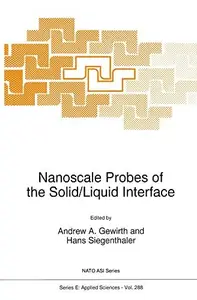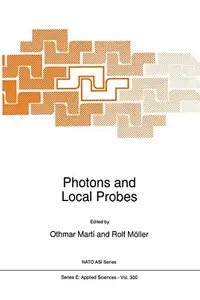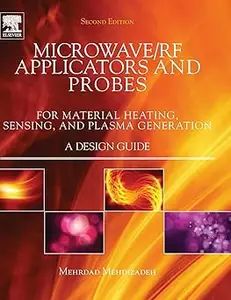
Free Download Nanoscale Probes of the Solid/Liquid Interface By H. Rohrer (auth.), Andrew A. Gewirth, Hans Siegenthaler (eds.)
1995 | 334 Pages | ISBN: 9048145414 | PDF | 16 MB
Nanoscale Probes of the Solid–Liquid Interface deals with the use of the scanning tunnelling microscope (STM) and related instrumentation to examine the phenomena occurring at the interface between solid and liquid. Scanning probe microscopy (the collective term for such instruments as the STM, the atomic force microscope and related instrumentation) allows detailed, real space atomic or lattice scale insight into surface structures, information which is ideally correlated with surface reactivity. The use of SPM methods is not restricted to ultrahigh vacuum: the STM and AFM have been used on samples immersed in solution or in ambient air, thus permitting a study of environmental effects on surfaces. At the solid–liquid interface the reactivity derives precisely from the presence of the solution and, in many cases, the application of an external potential. Topics covered in the present volume include: the advantages of studying the solid–liquid interface and the obtaining of additional information from probe measurements; interrelationships between probe tip, the interface and the tunnelling process; STM measurements on semiconductor surfaces; the scanning electrochemical microscope, AFM and the solid–liquid interface; surface X-ray scattering; cluster formation on graphite electrodes; Cu deposition on Au surfaces; macroscopic events following Cu deposition; deposition of small metallic clusters on carbon; overpotential deposition of metals; underpotential deposition; STM on nanoscale ceramic superlattices; reconstruction events on Au(ijk) surfaces; Au surface reconstructions; friction force measurements on graphite steps under potential control; and the biocompatibility of materials.


